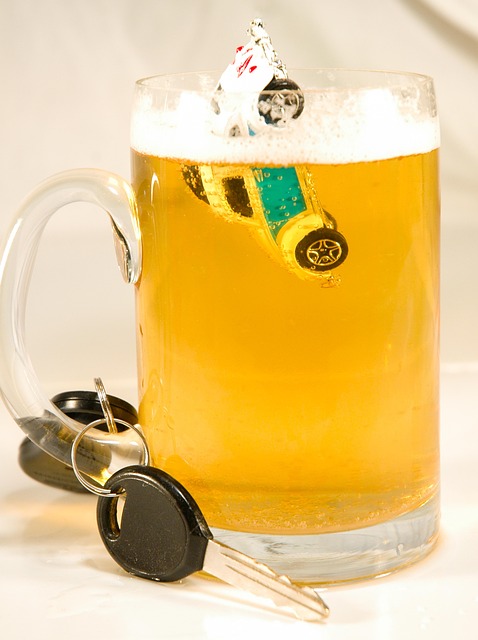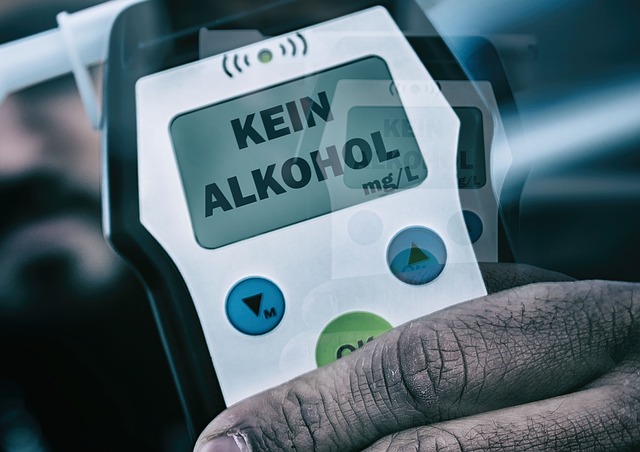DUI laws aim to deter impaired driving, with severe consequences including property damage liability (PDL). Overlooking PDL can lead to significant financial burdens from accidents. Opting for safe alternatives like ride-sharing or public transit reduces personal harm, PDL, and accident rates. Global cities adopt innovative transit solutions like ride-sharing, electric scooters, and bicycles for cost-effective, sustainable, and safer options. Public transportation offers low-risk commuting, with stringent safety regulations and dedicated lanes. Advanced driver-assistance systems (ADAS) and autonomous vehicles (AVs) are transforming transport, reducing collision risk and property damage liability.
In today’s digital era, understanding alternative transit options is more crucial than ever. With the focus on safety and responsibility, especially in light of DUI laws and their impact, exploring safer travel choices becomes essential. This article delves into various aspects of property damage liability during DUIs and presents a detailed look at public transportation. Furthermore, it explores emerging technologies that are revolutionizing commutes while minimizing risk. By considering these safe alternative transit options, folks can ensure smoother, more secure journeys.
- Understanding DUI Laws and Their Impact
- The Role of Property Damage Liability
- Safe Alternative Transit Options Explored
- Minimizing Risk During Travel Choices
- Public Transportation: A Detailed Look
- Emerging Technologies for Safer Commutes
Understanding DUI Laws and Their Impact

Driving under the influence (DUI) laws are designed to keep roads safe by preventing impaired driving. Understanding these laws and their consequences is crucial for anyone considering alternative transit options. One key aspect often overlooked is property damage liability in DUIs. If a driver under the influence causes an accident resulting in property damage, they can face significant legal repercussions. This includes potential fines, jail time, and increased insurance premiums due to the added risk associated with DUI offenses.
Knowing these impacts encourages individuals to opt for safe alternatives like ride-sharing services or public transit. By choosing responsible options, drivers can avoid not only personal harm but also the financial burden of property damage liability in DUIs. This shift towards safer transportation methods contributes to a reduced number of accidents and a more accountable driving culture.
The Role of Property Damage Liability

In cases involving drunk driving (DUIs), the role of property damage liability cannot be overstated. When an individual is found liable for a DUI, their insurance policy’s property damage liability coverage kicks in to cover any damages caused to third-party properties during the incident. This includes vehicles, buildings, and other structures that may have been damaged due to the driver’s negligence or reckless behavior while under the influence of alcohol. Understanding this aspect is crucial as it not only provides financial protection for victims but also serves as a deterrent for potential DUI offenders.
Property Damage Liability in DUIs plays a significant role in holding drivers accountable for their actions and ensuring they are responsible for repairing or compensating those affected by their decisions. It’s an essential component of the legal framework designed to address the devastating consequences of drunk driving, providing a means to restore some sense of justice and security for those who have suffered losses due to such incidents.
Safe Alternative Transit Options Explored

In recent years, there has been a growing emphasis on exploring safe alternative transit options to reduce risks associated with traditional modes of transport, especially in light of concerns surrounding Property Damage Liability in DUIs. These alternatives not only offer a more responsible and cost-effective solution but also contribute to environmental sustainability. From ride-sharing services to electric scooters and bicycles, cities worldwide are embracing innovative ways to move people around without the inherent dangers of driving under the influence.
By providing efficient and safe transit options, communities can significantly decrease the number of accidents caused by impaired drivers, thereby reducing claims for Property Damage Liability in DUIs. This shift towards alternative transit not only benefits individuals looking for reliable transportation but also has a positive impact on public safety and the environment, paving the way for smarter, more sustainable cities of the future.
Minimizing Risk During Travel Choices

Traveling can be a thrilling experience, but it’s essential to prioritize safety, especially when exploring alternative transit options. One significant aspect to consider is minimizing risks associated with various travel choices. For instance, when opting for ride-sharing services or public transportation, understanding local traffic patterns and road regulations is crucial. Staying informed about potential hazards and adhering to safety protocols can significantly reduce the likelihood of accidents and property damage.
Moreover, being mindful of personal security is paramount. When using alternative transit methods, keep valuable items secure and be aware of your surroundings. In areas with known safety concerns, choosing well-lit routes and avoiding isolated locations at night can help prevent unfortunate incidents. Additionally, understanding the legal implications of driving under the influence (DUI) is vital; it not only carries severe penalties but also increases Property Damage Liability, as seen in many DUIs cases.
Public Transportation: A Detailed Look

Public transportation is a vital alternative transit option, offering a safe and often cost-effective way to commute. This includes buses, trains, subways, and light rail systems that provide efficient mobility in densely populated areas. Many cities worldwide have invested heavily in expanding their public transit networks due to their environmental benefits and potential to reduce road congestion. These systems are designed to carry large numbers of passengers simultaneously, making them a sustainable choice for daily travel.
One significant advantage is the reduced risk of property damage liability in DUIs (Drunk Driving Accidents). Unlike private vehicles, public transportation operates under stringent safety regulations, ensuring regular maintenance and driver training. This results in lower accident rates, thereby minimizing potential claims for compensation related to property damage. With dedicated lanes and priority signals, these transit options often provide a smoother and safer journey, making them an attractive choice for those looking to avoid the stress of driving while also contributing to road safety.
Emerging Technologies for Safer Commutes

The transportation industry is witnessing a surge in innovation, focusing on enhancing safety for commuters. Emerging technologies are playing a pivotal role in revolutionizing how we navigate our daily commutes. One notable development is the integration of advanced driver-assistance systems (ADAS) that utilize sensors, cameras, and artificial intelligence to detect potential hazards. These systems can alert drivers about upcoming obstacles, blind spots, or unsafe lane changes, enabling them to take prompt action to avoid accidents. For instance, adaptive cruise control, lane-keeping assist, and automatic emergency braking are becoming standard features in many modern vehicles, significantly reducing the risk of collisions.
Moreover, autonomous vehicles (AVs) are no longer a concept confined to science fiction. Many automotive manufacturers are testing self-driving cars equipped with sophisticated technology that mimics human driving capabilities. These AVs use a combination of LiDAR, radar, and high-resolution cameras to perceive their surroundings, make decisions, and navigate roads safely. By removing the human element from driving, autonomous vehicles have the potential to drastically reduce not only property damage liability in DUIs but also fatalities caused by human error, making our daily commutes more secure.
In light of the above discussions, it’s clear that navigating our world requires a thoughtful approach to safety, especially when considering alternatives to personal vehicle usage. Understanding DUI laws and their impact is crucial, highlighting the importance of responsible travel choices. By exploring safe transit options, minimizing risks, and recognizing the benefits of public transportation and emerging technologies, we can all contribute to reducing property damage liability associated with DUIs. Ultimately, fostering a culture of safety and awareness on our roads benefits everyone, ensuring a more secure future for all commuters.






